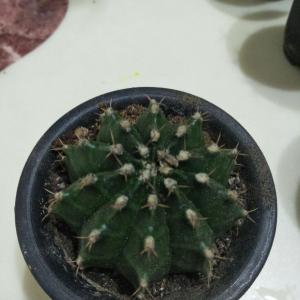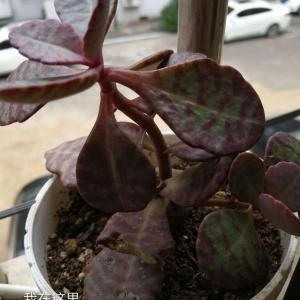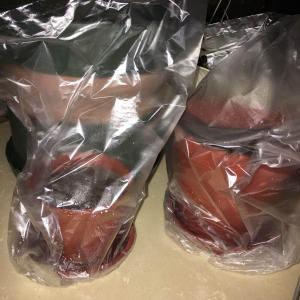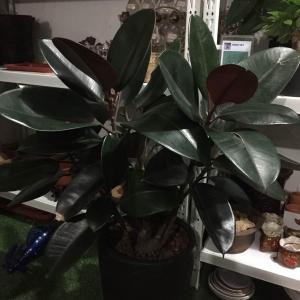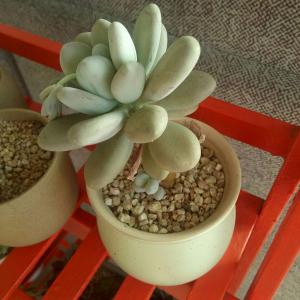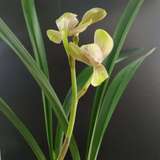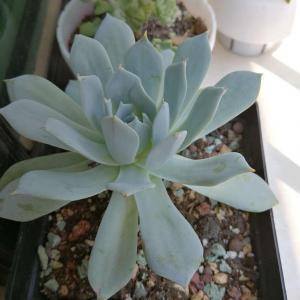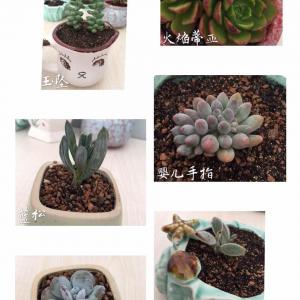文章
Miss Chen
2017年11月07日

Grapes (Vitis spp.) are sensitive to cold, with most varieties being winter hardy in U.S. Department of Agriculture plant hardiness zones 6 through 9. But some grape varieties can stand up to a Michigan winter, at least in the southern part of the state. The key to successfully growing grapes in Michigan is to look for cultivars whose tolerance for cold matches the winter conditions in your part of the state.

Regional Differences
Of all the areas of the state, the part of Michigan that's best for growing grapes is the area along the Lake Michigan shoreline. The prevailing winds blowing across the lake moderate temperatures, keeping the area warmer in the winter and cooler in the summer, and grapes appreciate the relief from both the winter cold and the summer heat.
Other lakeshore areas may also have climates that will support grape growing. In inland parts of the southern lower peninsula, growing grapes is more of a challenge, and it's probably not possible in the northern lower peninsula or the upper peninsula.
If you intend to grow grapes inland or in areas as far north as Muskegon or Saginaw Bay, look for grape varieties that are labeled as hardy.

Table Grapes
Among white seedless table grape varieties, "Marquis" (Vitis "Marquis," USDA zones 5 through 9) is a good choice for a home garden. "Kay Gray" (Vitis "Kay Gray," USDA zones 4 through 8) and "Edelweiss" (Vitis "Edelweiss," USDA zones 4 through 8) are white, seeded varieties that are exceptionally hardy and may withstand harsher inland winters.
"Buffalo" (Vitis "Buffalo") is a blue, seeded table grape variety that does well in traditional fruit-growing areas, and "Steuben" (Vitis "Steuben") is a blue that will grow throughout the southern lower peninsula. Both of these grapes are hardy in USDA zones 5 through 9. "Swenson Red" (Vitis "Swenson Red," USDA zones 4 through 8) is a hardy red, seeded variety that will also grow well in the southern half of the lower peninsula.
Hybrid Wine Grapes
The wine grape varieties most commonly grown in Michigan are hybrids of French varieties and various native American species. The development of some of these cultivars has focused on cold hardiness, and that makes them good choices for growing in Michigan.
White wine varieties that do well in the state include "Cayuga White" (Vitis "Cayuga White"), "Chardonel" (Vitis "Chardonel"), "Seyval Blanc" (Vitis "Seyval Blanc"), "Traminette" (Vitis "Traminette") and "Vignoles" (Vitis "Vignoles"), all of which grow in USDA zones 5 through 9. "Vidal Blanc" (Vitis "Vidal Blanc") is somewhat less hardy and is suitable for USDA zones 5b through 9.
Red hybrid wine varieties that are suitable for Michigan are less numerous -- "Baco Noir" (Vitis "Baco Noir," USDA zones 6a through 9) is the most commonly grown.
American Grape Varieties
The labrusca grape species (Vitis labrusca) is native to eastern North America, and it is known for its musky aroma. Two labrusca varieties, the blue "Concord" (Vitis labrusca "Concord," USDA zones 5 through 9) and the white "Niagara" (Vitis labrusca "Niagara," USDA zones 5 through 9), can also be grown in Michigan, but their strong flavors limit their appeal as wine grapes.

Regional Differences
Of all the areas of the state, the part of Michigan that's best for growing grapes is the area along the Lake Michigan shoreline. The prevailing winds blowing across the lake moderate temperatures, keeping the area warmer in the winter and cooler in the summer, and grapes appreciate the relief from both the winter cold and the summer heat.
Other lakeshore areas may also have climates that will support grape growing. In inland parts of the southern lower peninsula, growing grapes is more of a challenge, and it's probably not possible in the northern lower peninsula or the upper peninsula.
If you intend to grow grapes inland or in areas as far north as Muskegon or Saginaw Bay, look for grape varieties that are labeled as hardy.

Table Grapes
Among white seedless table grape varieties, "Marquis" (Vitis "Marquis," USDA zones 5 through 9) is a good choice for a home garden. "Kay Gray" (Vitis "Kay Gray," USDA zones 4 through 8) and "Edelweiss" (Vitis "Edelweiss," USDA zones 4 through 8) are white, seeded varieties that are exceptionally hardy and may withstand harsher inland winters.
"Buffalo" (Vitis "Buffalo") is a blue, seeded table grape variety that does well in traditional fruit-growing areas, and "Steuben" (Vitis "Steuben") is a blue that will grow throughout the southern lower peninsula. Both of these grapes are hardy in USDA zones 5 through 9. "Swenson Red" (Vitis "Swenson Red," USDA zones 4 through 8) is a hardy red, seeded variety that will also grow well in the southern half of the lower peninsula.
Hybrid Wine Grapes
The wine grape varieties most commonly grown in Michigan are hybrids of French varieties and various native American species. The development of some of these cultivars has focused on cold hardiness, and that makes them good choices for growing in Michigan.
White wine varieties that do well in the state include "Cayuga White" (Vitis "Cayuga White"), "Chardonel" (Vitis "Chardonel"), "Seyval Blanc" (Vitis "Seyval Blanc"), "Traminette" (Vitis "Traminette") and "Vignoles" (Vitis "Vignoles"), all of which grow in USDA zones 5 through 9. "Vidal Blanc" (Vitis "Vidal Blanc") is somewhat less hardy and is suitable for USDA zones 5b through 9.
Red hybrid wine varieties that are suitable for Michigan are less numerous -- "Baco Noir" (Vitis "Baco Noir," USDA zones 6a through 9) is the most commonly grown.
American Grape Varieties
The labrusca grape species (Vitis labrusca) is native to eastern North America, and it is known for its musky aroma. Two labrusca varieties, the blue "Concord" (Vitis labrusca "Concord," USDA zones 5 through 9) and the white "Niagara" (Vitis labrusca "Niagara," USDA zones 5 through 9), can also be grown in Michigan, but their strong flavors limit their appeal as wine grapes.
0
0





